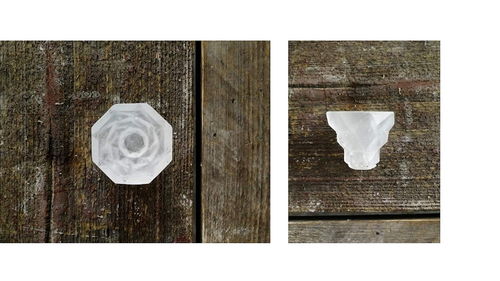Understanding the Art of Glass Making from Sand
Have you ever wondered how glass, a material that seems so delicate and fragile, is made from the seemingly ordinary sand? The process of glass making from sand is a fascinating journey that combines ancient techniques with modern advancements. In this article, we will delve into the intricacies of this process, exploring the history, the raw materials, the manufacturing process, and the various types of glass that can be produced.
History of Glass Making

The art of glass making dates back thousands of years. The earliest known glass was made in the Near East around 3500 BCE. Initially, glass was produced by fusing sand with other materials like soda ash and limestone. Over time, the process evolved, and glass became a valuable commodity, used for various purposes, from containers to windows.
Raw Materials

The primary raw material for glass making is sand, which is a mixture of various minerals, including silicon dioxide (SiO2), the main component of glass. Other materials used in the glass-making process include soda ash (sodium carbonate), limestone (calcium carbonate), and cullet (recycled glass). These materials are combined in specific proportions to create different types of glass with varying properties.
| Material | Chemical Formula | Function |
|---|---|---|
| Sand | SiO2 | Primary component of glass, provides strength and durability |
| Soda Ash | Na2CO3 | Reduces melting point, improves workability |
| Limestone | CaCO3 | Controls the melting point and chemical stability of glass |
| Cullet | Mixed | Reduces energy consumption, improves glass quality |
The Manufacturing Process

The process of making glass from sand involves several stages, each crucial to the final product’s quality. Here’s a step-by-step guide to the glass-making process:
-
Raw Material Preparation: The raw materials are ground into fine powders and mixed in the correct proportions. This mixture is then homogenized to ensure uniformity.
-
Melting: The homogenized mixture is heated in a furnace to a temperature of about 1600掳C (2912掳F). The high temperature causes the materials to melt and form a liquid glass.
-
Forming: The molten glass is then shaped into the desired form using various techniques, such as blowing, casting, or drawing. Blowing involves using a blowpipe to shape the glass, while casting involves pouring the molten glass into molds.
-
Finishing: The shaped glass is cooled and then finished to achieve the desired surface quality. This may involve cutting, polishing, or etching the glass.
-
Quality Control: Throughout the process, quality control measures are implemented to ensure the glass meets the required standards. This includes testing for physical, optical, and chemical properties.
Types of Glass
There are various types of glass, each with unique properties and applications. Some of the most common types include:
-
Flat Glass: Used for windows, doors, and mirrors, flat glass is produced by casting and rolling the molten glass into large sheets.
-
Bottles and Containers: Soda-lime glass is commonly used for bottles and containers due to its durability and ease of recycling.
-
Glassware: Borosilicate glass, also known as Pyrex, is used for glassware due to its high resistance to thermal shock and durability.
-
Specialty Glass: There are various specialty glasses, such as float glass, which is used for windows and glass doors, and tempered glass, which is used for automotive and architectural applications due to its increased strength and safety.
Understanding the process of glass making from sand allows us to appreciate the art and science behind this versatile material. From ancient civilizations to modern-day
